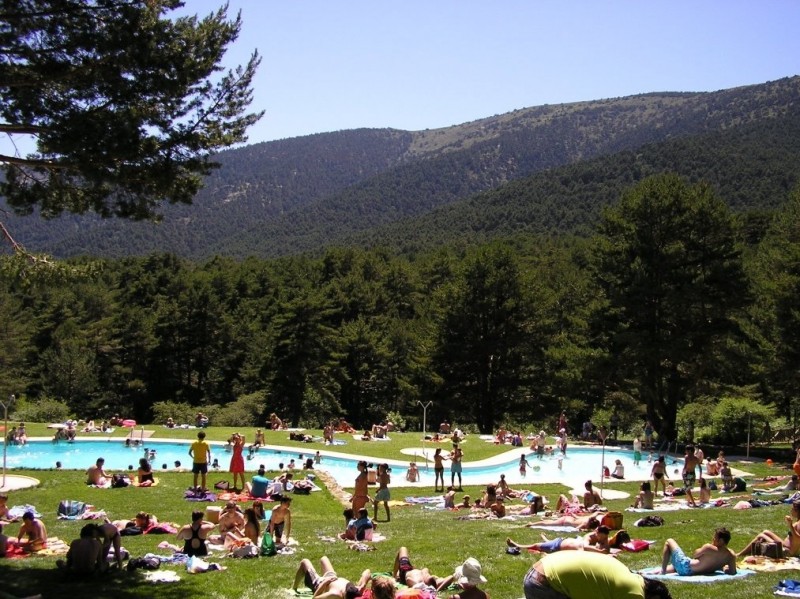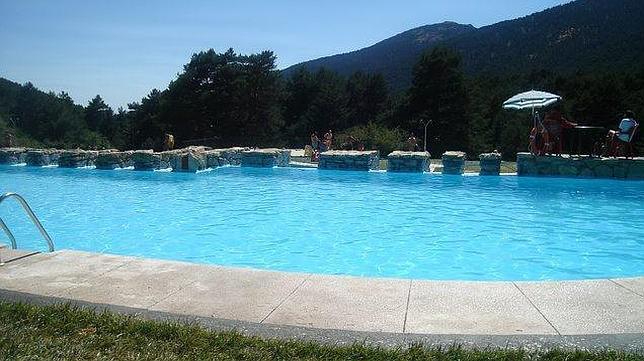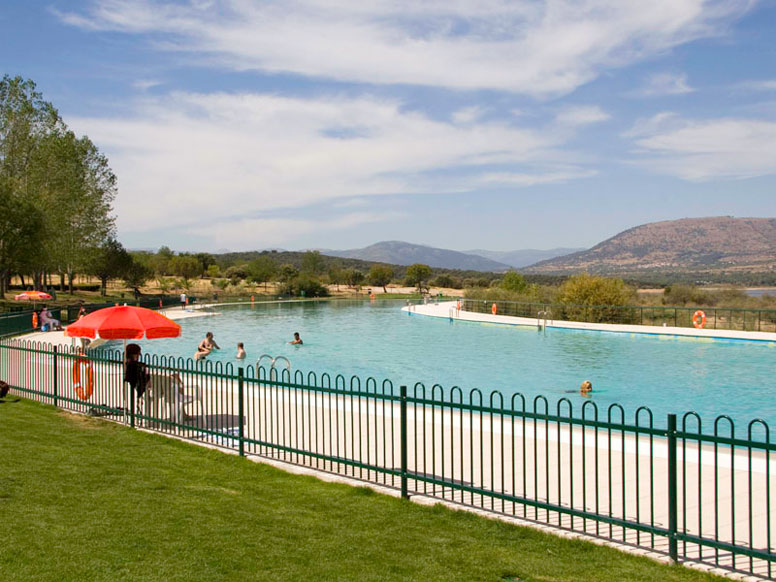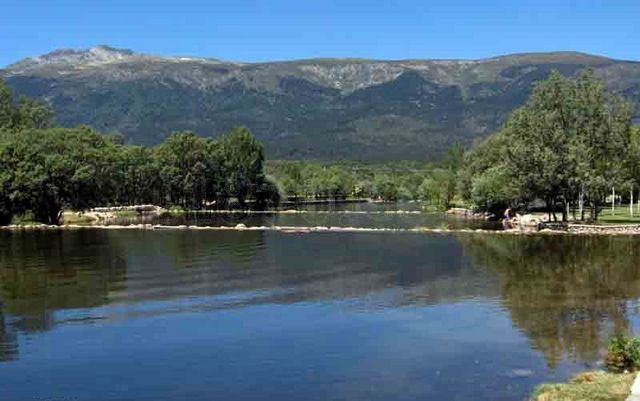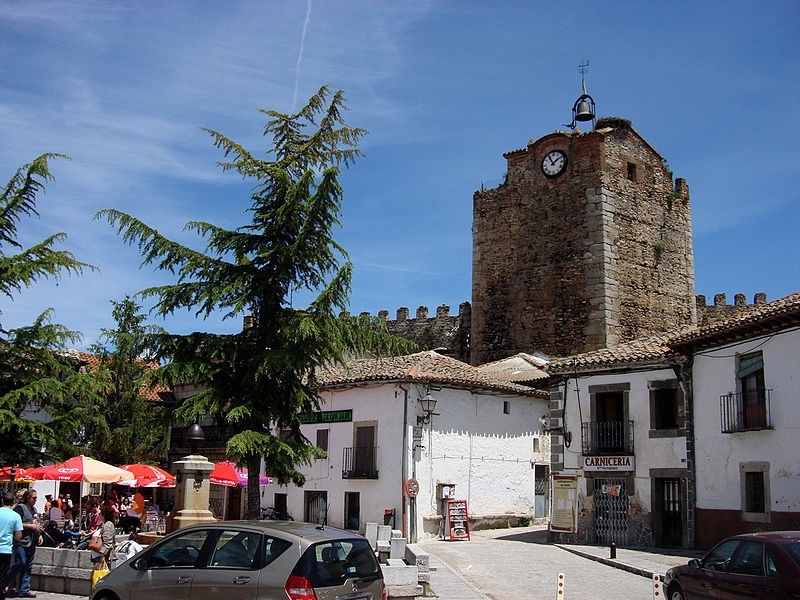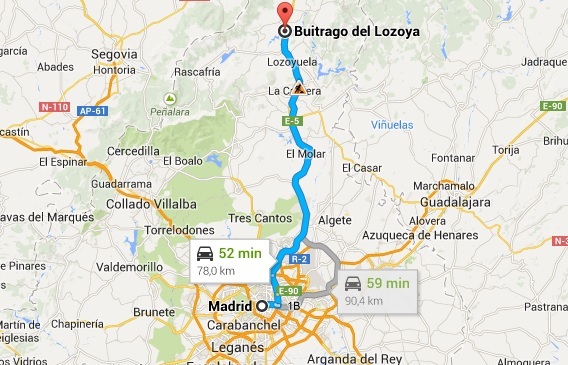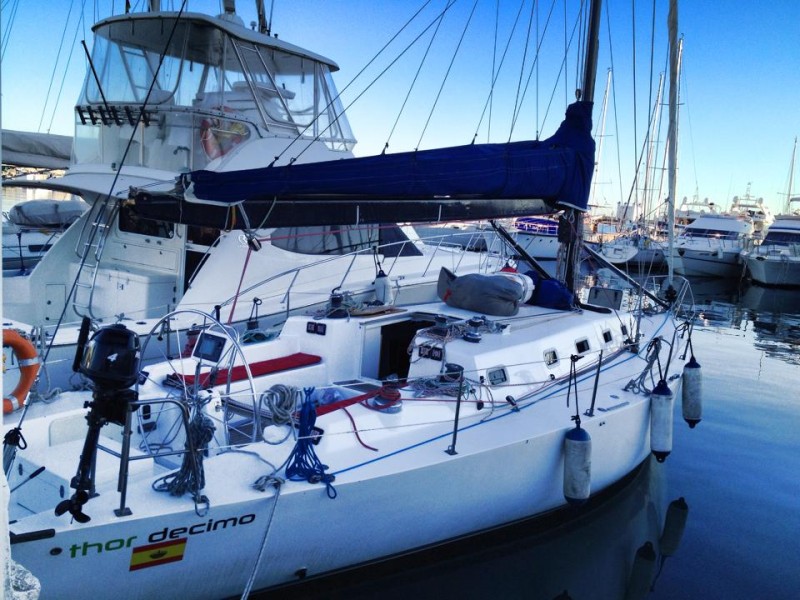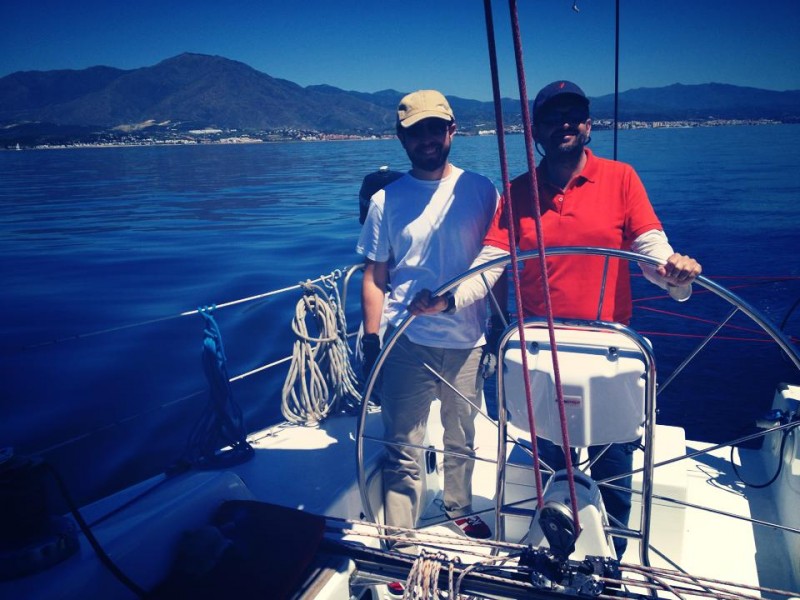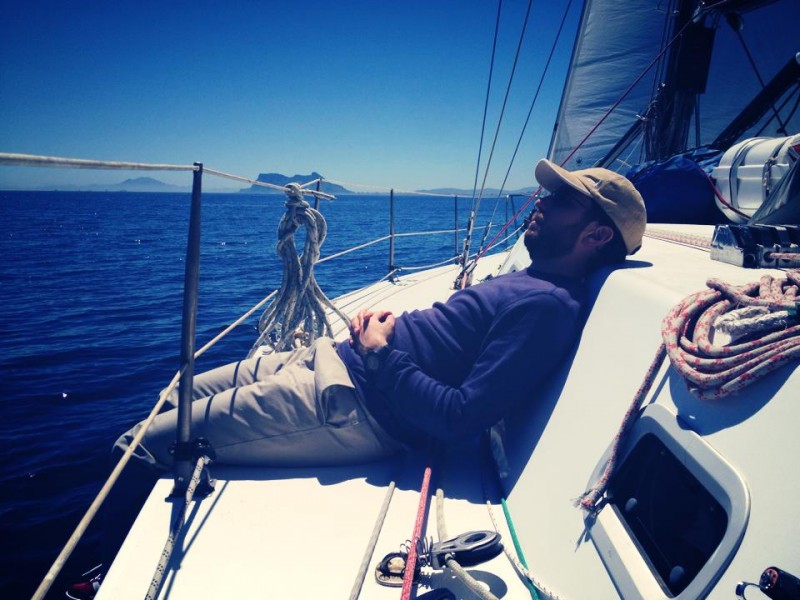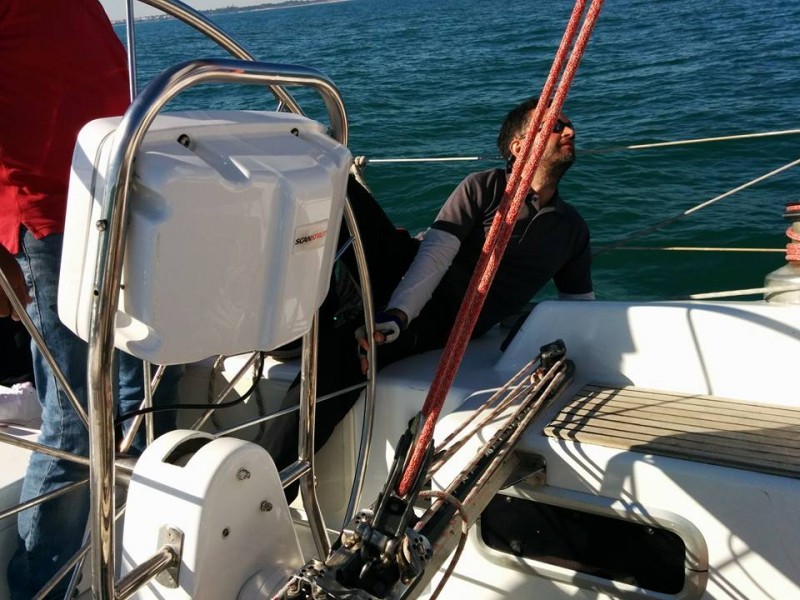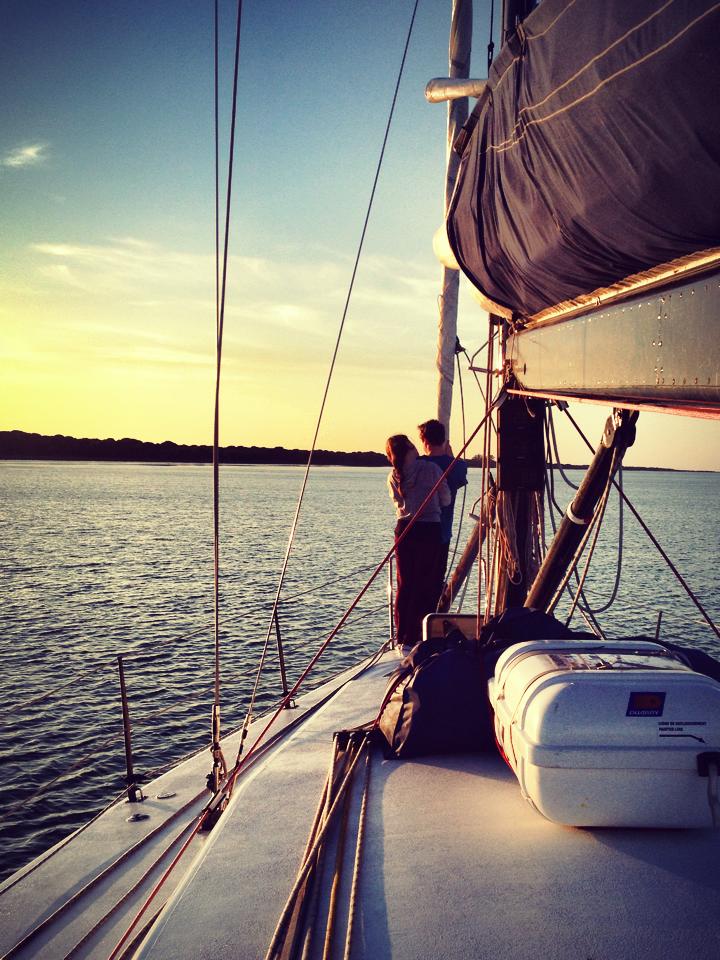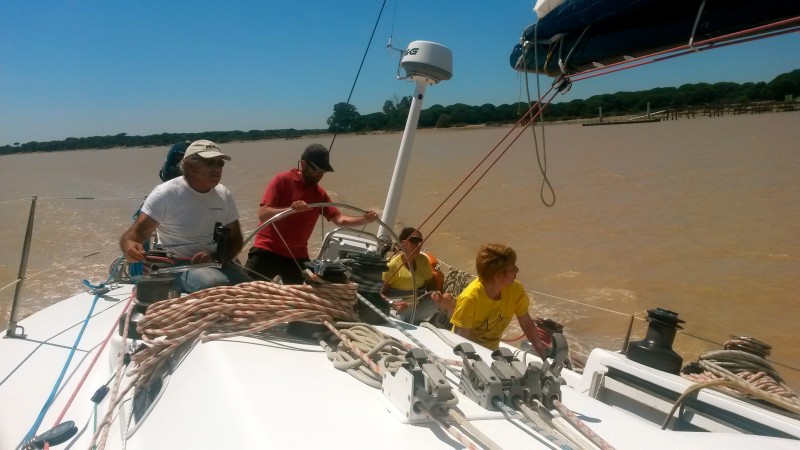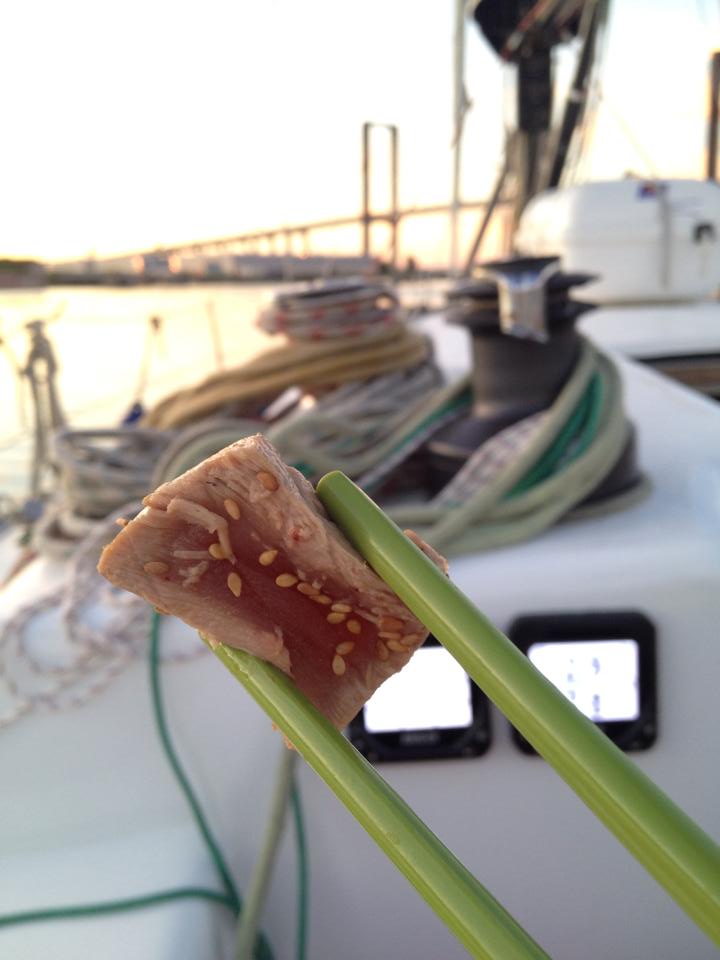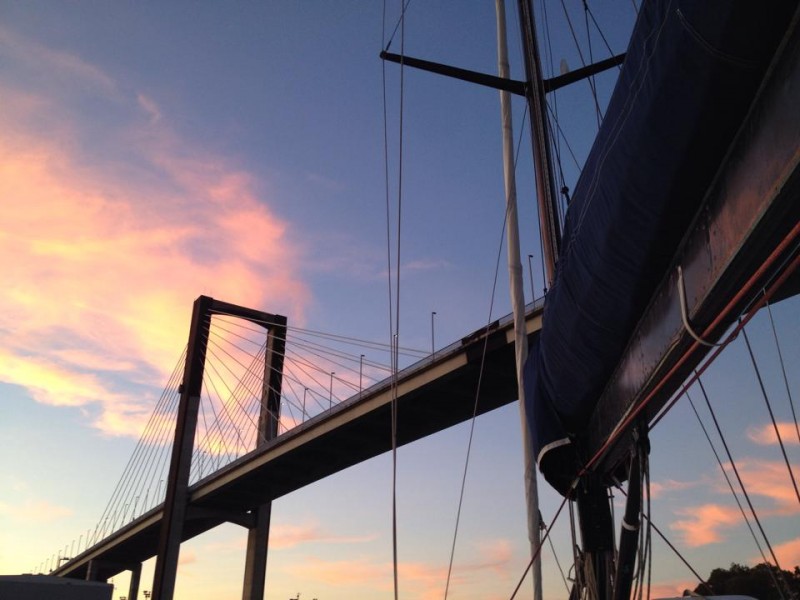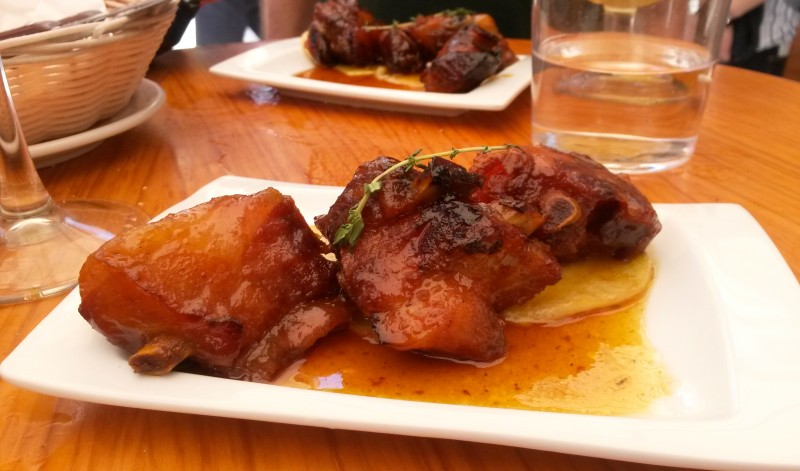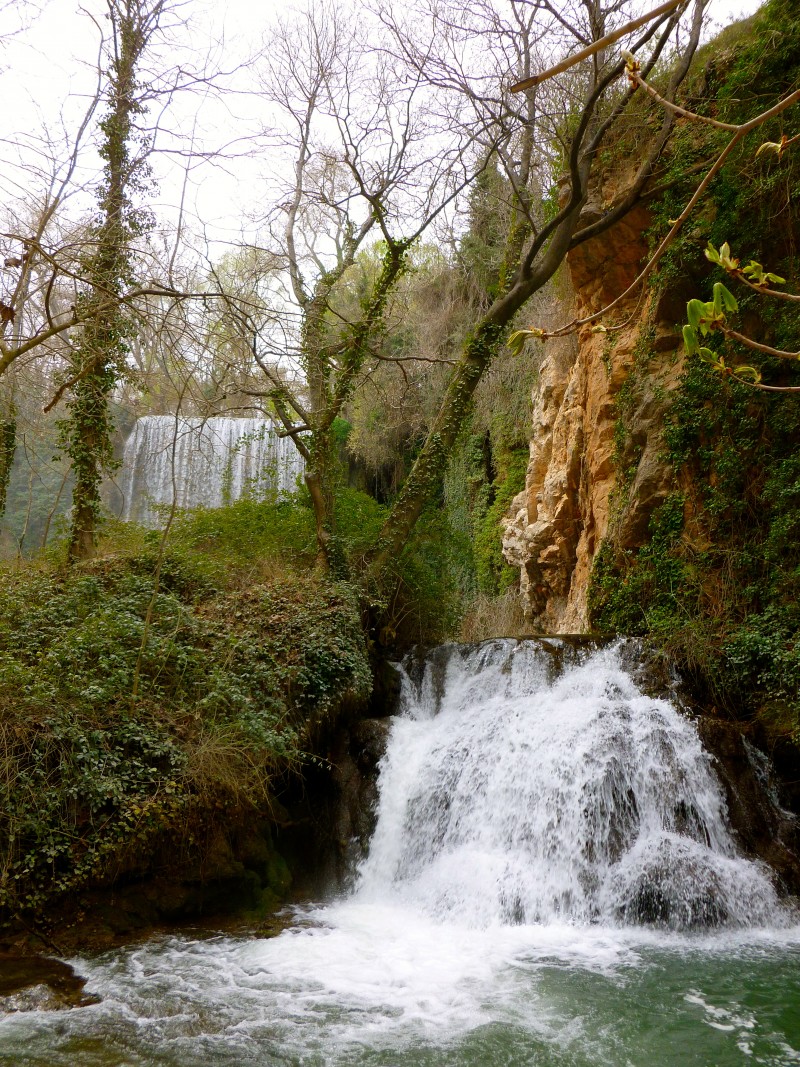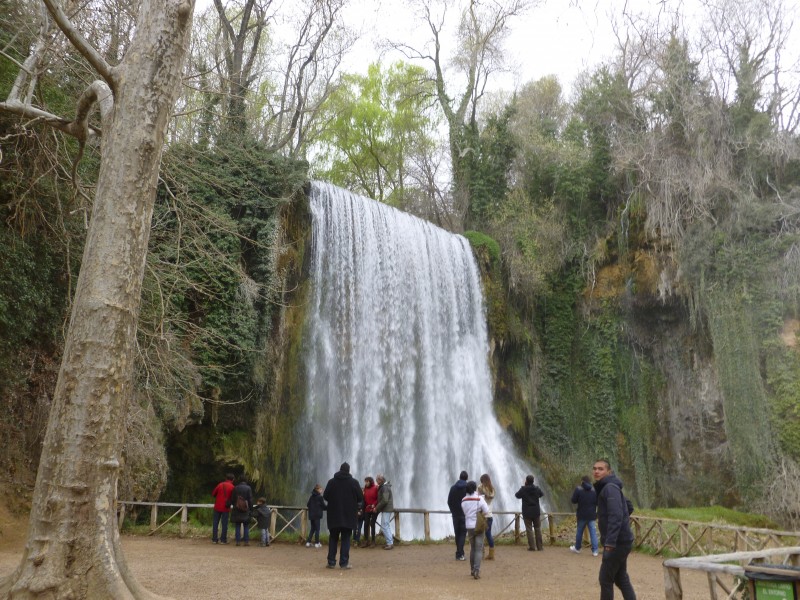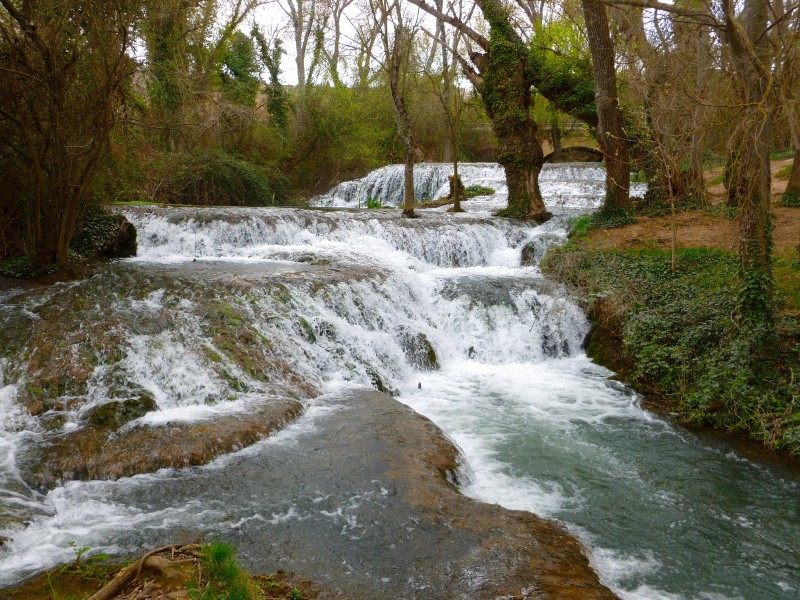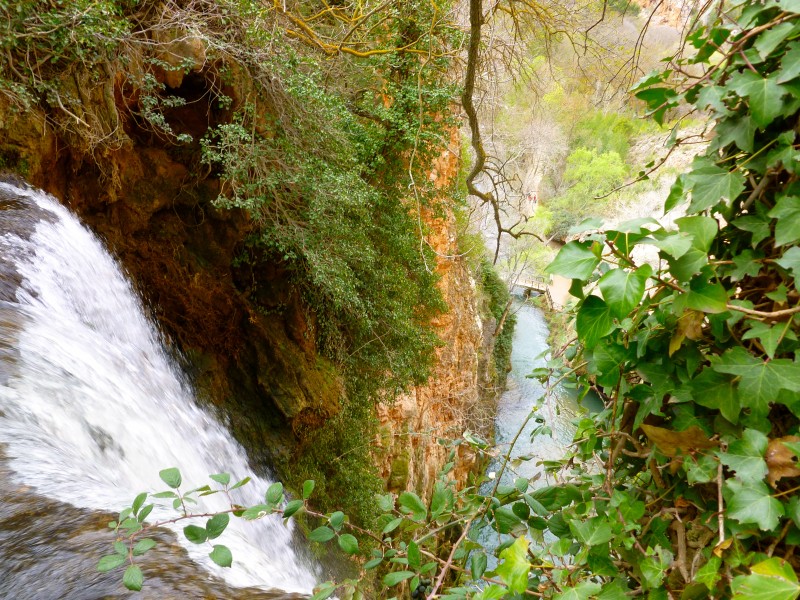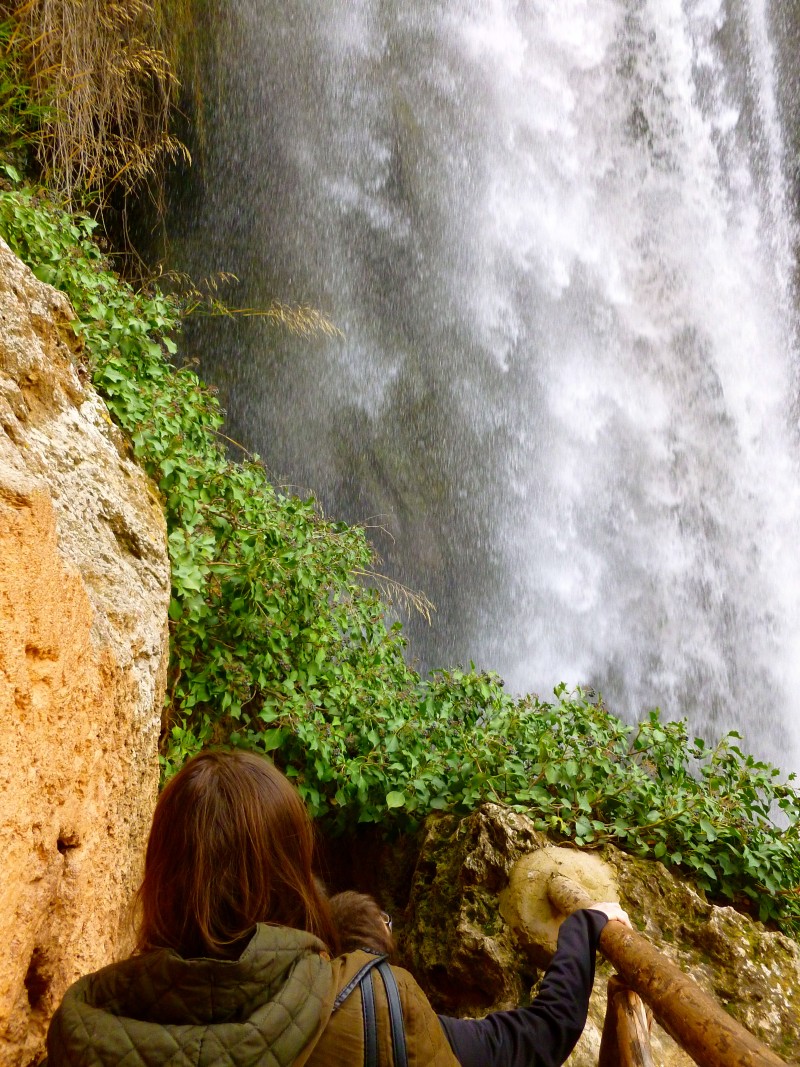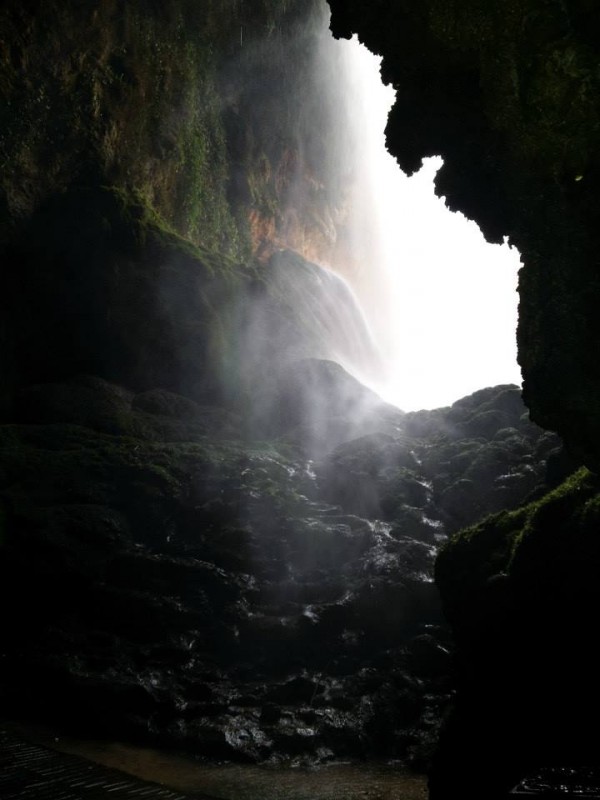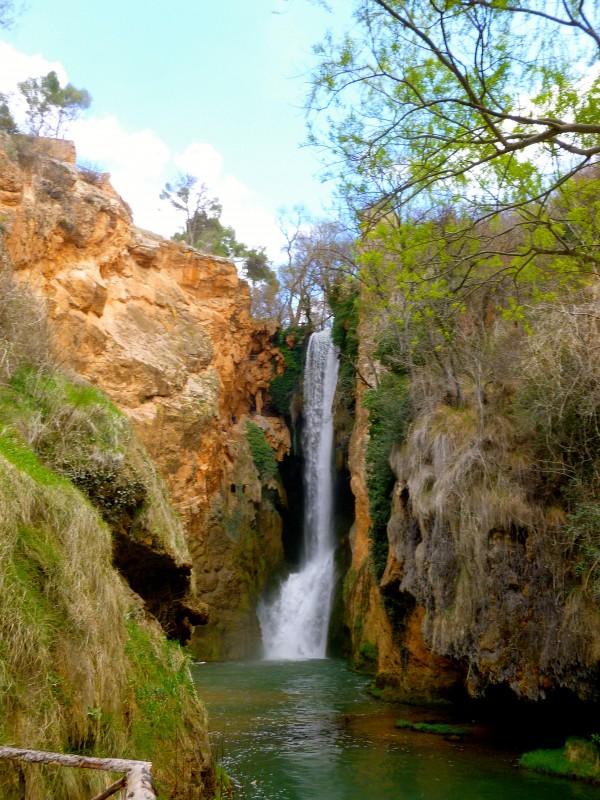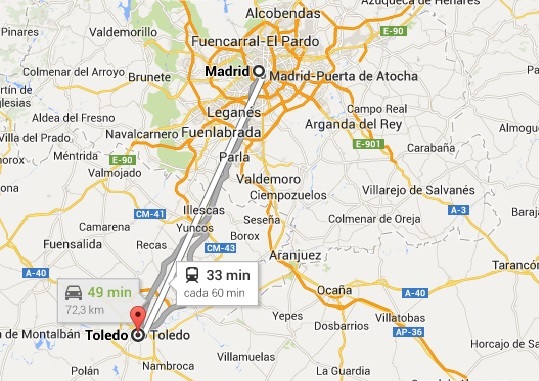Best Natural Swimming Pools in Madrid (my top three)
Sometimes in life, you find yourself taking sides on what really matters: dogs or cats? living in the city or in a town? Here comes a difficult one: pizza or burger? From now on, you won’t have to struggle on the next question in Madrid: day trip to the ocean or hiking in the mountains? Cause the answer is piscina natural!!
Las piscinas naturales, or natural swimming pools/ponds, are a pleasant alternative to the more common ones in the city (take a look at our previous post, my top 4 city swimming pools in Madrid). As far as I know, this kind of pool is chemical free and uses the water that flows from a river to fill the pool. Here in Madrid, we are lucky enough to live relatively close to a few of them. Since summer has now come and it’s going to stick around for a while, go give yourself a break and enjoy life in the “Sierra de Madrid”.
Here are my top three!
(note–they’re all open now but I highly recommend calling beforehand to confirm their hours, sometimes they change without warning)
1. Piscinas naturales de Cercedilla (Las Dehesas)
What you need to know:
Cercedilla’s pool is my favorite because it’s the closest to the city and the easiest one to get to. Before going, you should know that there is a “small” 30-60min walk from Cercedilla’s train station to the pool. Although you can get a bus that makes it shorter, I’d recommend walking and enjoying the landscape. Also, that way you’ll really feel you deserve the swim.
Telephone: 91 852 57 40 / 91 852 22 00 (Tourism office)
Schedule: 10am to 8pm (Season 2014: They are open since June 13th!!)
How to get there:
How much is it?
- Working days: 5,50€
- Weekends: 6,50€
- Others: Children and elderly 3,50€ / They also have group prices.
*Note: If it’s the first time you go there, ask somebody to tell you in which direction you have to walk.
2. Piscinas naturales Buitrago de Lozoya (Riosequillo)
What you need to know:
My perfect day trip would be visiting Buitrago de Lozoya town in the morning, follow by spending the afternoon at the pool while enjoying the view. Buitrago’s pool is a bit farther than the one in Cercedilla, and the public transportation is not as convenient. However, the town and the pool deserve a try.
Telephone: 91 293 20 47 (Info) / 91 868 00 56 (City hall) / 91 545 10 00 (Canal de Isabel II)
Schedule: 10am to 8pm (Season 2014: They are open since June 21st!!)
- Working days(From Thuesday to Friday): 11.30 am to 8.30pm
- Weekends and holidays: 11am to 9pm
- *Note: Mondays are closed. Better to go on a weekday.
How to get there:
- Quick link to how to get to Buitrago
- *Note. Ask the bus driver where to get off, it’s not the last stop and you don’t want to get lost!
How much is it?
- Working days: 2,50€
- Weekends: 3€
- Others: Children and elderly 1,50€
3. Piscinas naturales Rascafría (Las Presillas)
What you need to know:
Last but not least, Las Presillas pool in Rascafria is the farthest pond from Madrid and the less convenient to go by public transportation. Although the entrance is free and looks like the most natural and authentic. Plus, the bar area is great!
Telephone: 91 869 18 04 (Las Presillas) / 91 869 11 71 (Rascafria City hall)
Schedule: 9am to 9pm
How to get there:
- Quick link to how to get to Rascafría
How much is it?
- The entrance is free!!
- Parking is 5€ a day.
